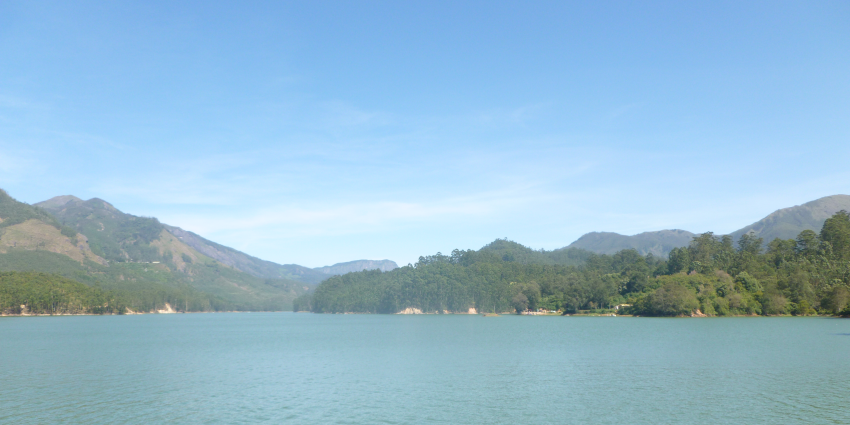We have decided to publish a series of 8 press releases, along with blog articles, providing organizations with a checklist of questions they can ask to easily identify potential improvement areas in the sustainability/CSR management.
The second one focuses on the Environment program and can be divided into seven main questions:
1 – Is the program structured?
2 – Is there an energy and emissions management system?
3 – Is there a waste management system?
4 – Is there a water management system?
5 – Is pollution controlled?
6– Is biodiversity preserved?
7 – Are products eco-designed?
We know companies do not have the same environmental impacts, according to their size, their sector, their locations, among other criteria. However, we believe that all companies can identify and address their environmental impacts.
First of all, like recommended in the first checklist, the program needs to be structured: stakeholders consulted, management engaged, impacts identified and prioritized in a strategy, targets followed up by Key Performance Indicators (KPIs) and successes communicated. In the case of environment program, the use of external certification shows a strong evidence that the program is well established.
Then, all companies emit greenhouse gases emissions and can easily implement emissions reduction actions, especially through their energy consumption. It leads to curbing climate change, reducing pollution and save natural resources
Also, it is common for organization to generate waste, even for the non-production companies. It is important to manage this flow of waste to manage pollution risk and to benefit from opportunities like reuse.
Water is also part of the natural resources used by the companies, who can reduce the consumption to save resources and pollute less.
Other type of pollution exists, and can easily limited by the questions provided in the checklist.
To preserve Earth resources, companies can also make sure that biodiversity is not endangered by their activities.
All these topics are linked to the operations of organizations. Another possibility is to tackle the challenges linked to the impacts of their products, when applicable. Products can be eco-designed, to minimize their environmental impacts during their use and also when they are disposed of.
To read the full checklist, please consult: https://dfge.de/en/a-checklist-to-easily-improve-your-environmental-program/.








